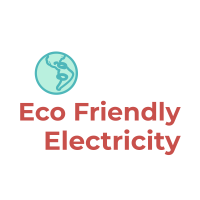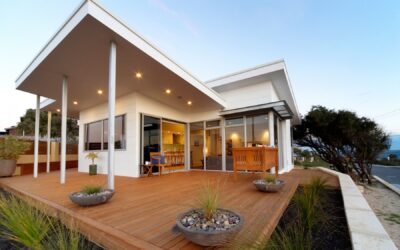The passive solar design stands as a testament to humanity’s ingenuity in harmonizing with nature to create sustainable living spaces. By leveraging the sun’s energy through strategic architectural techniques, passive solar design offers a compelling solution to reducing reliance on conventional heating and cooling systems. At its core, passive solar design revolves around maximizing natural light and heat during colder seasons while minimizing heat gain during warmer months. This article delves into the principles and benefits of passive solar design, showcasing its potential to transform how we approach home construction and energy consumption.
Passive solar design operates on the fundamental principle of harnessing solar radiation to regulate indoor temperatures without active mechanical systems. Key elements include building orientation, thermal mass, insulation, and shading devices. Proper orientation involves positioning the building to optimize solar exposure, typically with south-facing windows in the Northern Hemisphere. Thermal mass materials, such as concrete or brick, absorb and store heat during the day, releasing it slowly at night to maintain a comfortable temperature. Effective insulation prevents heat loss in colder climates and minimizes heat gain in warmer regions. Additionally, shading devices like overhangs or deciduous trees offer protection from excessive sunlight in summer while allowing warmth in winter.
Benefits of Passive Solar Design
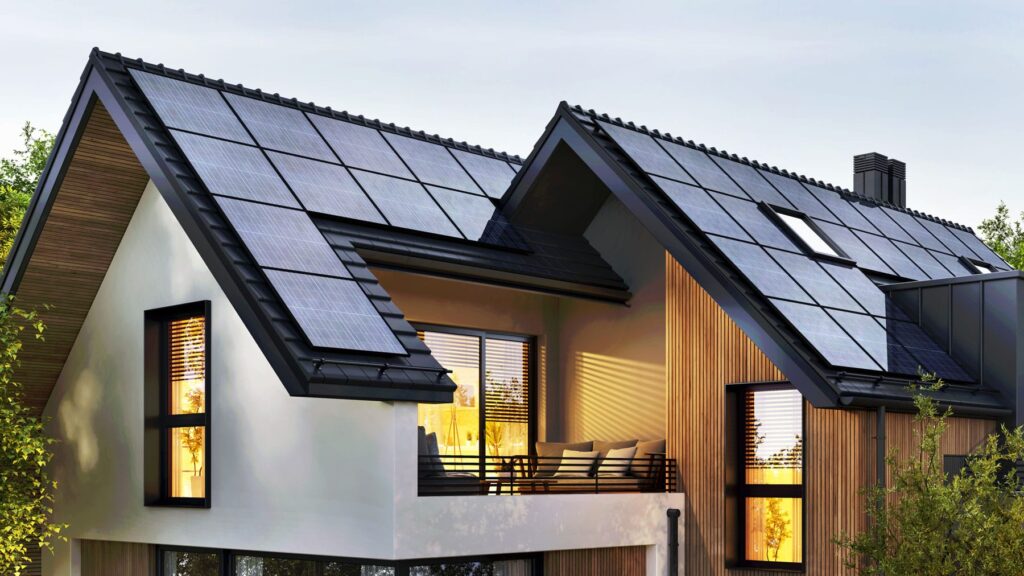
The adoption of passive solar design offers a plethora of benefits ranging from reduced energy bills to enhanced comfort and environmental sustainability. One of the primary advantages lies in significantly lowering energy consumption for heating and cooling, leading to substantial cost savings over the long term. By relying on natural sources of heating and cooling, homeowners can mitigate the impact of fluctuating energy prices and reduce their carbon footprint. Moreover, passive solar homes tend to provide superior comfort levels throughout the year, with more consistent temperatures and improved indoor air quality compared to conventional buildings.
In addition to economic and comfort-related benefits, passive solar design contributes to environmental conservation by promoting energy efficiency and reducing greenhouse gas emissions. Traditional heating and cooling systems reliant on fossil fuels are major contributors to carbon emissions, exacerbating climate change. By contrast, passive solar homes operate with minimal reliance on non-renewable energy sources, aligning with broader sustainability goals. Furthermore, the integration of passive solar design principles can enhance the resilience of buildings against extreme weather events, fostering greater adaptability in the face of climate variability.
Implementing Passive Solar Design in Your Home
Embracing passive solar design principles in residential construction requires careful planning and consideration of local climate conditions and site characteristics. Begin by assessing the solar access and prevailing winds to optimize building orientation and placement of windows. South-facing windows should be prioritized for maximum solar gain while minimizing east and west exposures to reduce heat buildup in summer. Incorporate thermal mass materials into the building’s structure to store and distribute heat effectively, ensuring thermal comfort year-round.
Furthermore, attention to insulation and airtight construction is crucial to minimize heat loss and maintain indoor comfort levels. High-performance insulation materials and sealing techniques help create a thermal envelope that reduces energy demand for heating and cooling. Consider incorporating passive cooling strategies such as natural ventilation and night purging to enhance comfort during hot weather. Integrating landscaping elements like shade trees and shrubs can also provide additional cooling benefits while enhancing the aesthetic appeal of the property. You can also consider investing smartly in one of the pre-existing lifestyle properties like comfortable and affordable houses in Boca Falls which gives you a cozy home that is perfectly insulated for summer and winter so you can always enjoy it.
Challenges and Considerations
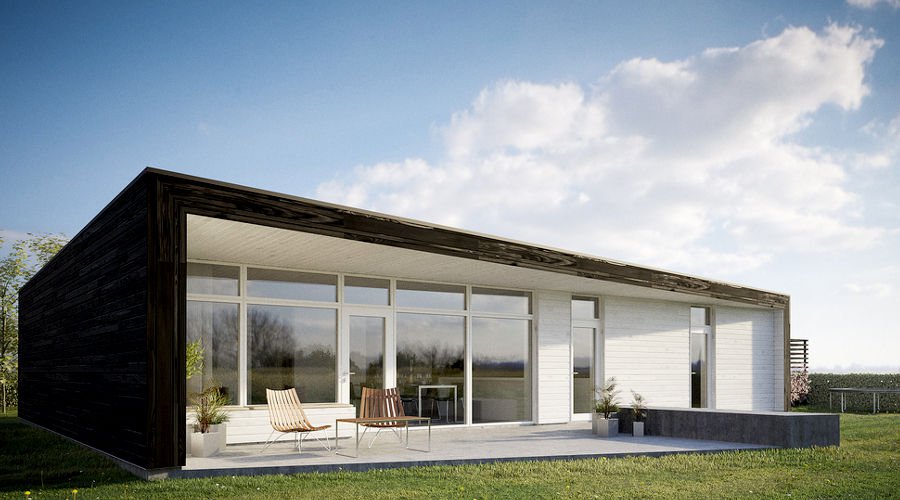
While passive solar design offers numerous benefits, its implementation is not without challenges and considerations. One significant factor to address is the variability of local climate conditions, which can influence the effectiveness of passive solar strategies. Regions with extreme temperature fluctuations or limited sunlight may require tailored approaches to optimize energy efficiency and thermal comfort. Additionally, site constraints such as topography, neighboring structures, and vegetation can impact solar access and building orientation, necessitating careful site analysis and design adaptation. Consult with excellent electrician in Plano TX who can help you with the installation of solar panels, which, in addition to having a significant ecological contribution, will also contribute economically by saving energy.
Another consideration is the potential for overheating in passive solar homes, particularly during periods of intense sunlight or heat waves. While passive design principles aim to balance solar gain and thermal mass to maintain comfortable temperatures year-round, excessive heat accumulation can still occur without adequate ventilation or shading. Strategies such as operable windows, exterior shading devices, and thermal mass placement adjustments may be needed to mitigate overheating risks and ensure occupant comfort during warmer seasons. While you’re working on your home renovations and installing these perfect energy-saving and home-friendly features, remember to be responsible with the waste you’re left with, and you can count on junk removal in Philadelphia PA to take care of it.
Technological Innovations
Advancements in technology are driving new possibilities for enhancing the performance and efficiency of passive solar design. The integration of smart building systems and sensor technologies allows for real-time monitoring and control of environmental conditions within passive solar homes. Automated shading systems, responsive ventilation, and dynamic thermal mass management enable precise adjustment of indoor comfort parameters while maximizing energy savings. Additionally, developments in building materials and construction techniques offer opportunities to improve insulation, airtightness, and durability, further optimizing passive solar building performance. With an excellent remodeling contractor, you will be able to work on these changes by successfully incorporating sustainable systems into your home that will help you in your daily life, as well as redecorating the space to suit your hobbies and activities.
Innovations in renewable energy technologies complement passive solar design by providing additional avenues for achieving net-zero or even positive energy balance in buildings. Solar photovoltaic panels, solar water heating systems, and geothermal heat pumps can supplement passive solar strategies by generating on-site renewable energy or providing supplemental heating and cooling as needed. Integrated energy storage solutions such as batteries or thermal storage systems enhance resilience and flexibility in managing energy demand and supply fluctuations. All these investments can be somewhat expensive, and if you have loans that you took out to finance your projects, you can rely on payday loan consolidation with which you will pay off your debts faster and easier.
Economic Considerations and Incentives
Despite the long-term benefits of passive solar design, upfront costs and financial barriers may pose challenges to widespread adoption. The initial investment in high-performance building materials, energy-efficient appliances, and design optimization measures can be substantial, deterring some homeowners and developers from embracing passive solar principles. However, it’s essential to consider the significant return on investment (ROI) associated with passive solar homes, including reduced energy bills, increased property value, and potential eligibility for incentives and rebates. An internet service provider that manages IT services in San Antonio provides its users with excellent internet with which they can easily access various forums and communities and find out all the details of the benefits of such an investment that can help them make decisions later.
Various government incentives, tax credits, and financial assistance programs exist to promote energy-efficient building practices and renewable energy adoption. These incentives may include grants for energy-efficient upgrades, subsidies for renewable energy installations, and tax incentives for green building certifications such as LEED (Leadership in Energy and Environmental Design) or Passive House. Additionally, financial institutions increasingly offer green financing options and mortgage products tailored to support energy-efficient home purchases or renovations, making passive solar design more accessible and affordable for homeowners. Another one of the buildings you can invest in so that your investments can be partially returned is you hire church architects who will make plans for you for a beautiful cathedral according to your wishes, which will leave a beautiful and lasting impression on your society.
Community and Policy Implications
The adoption of passive solar design extends beyond individual buildings to encompass broader community planning and policy considerations. Municipalities and local governments play a crucial role in promoting sustainable development practices, incentivizing energy-efficient construction, and fostering resilient communities. Zoning regulations, building codes, and land-use policies can influence the adoption of passive solar principles by setting standards for building orientation, energy performance, and environmental sustainability. To learn more about this, you can join interesting online courses that can bring you closer to this topic by guiding you to the importance of investing in renewable energy sources in communities around the world.
Community-wide initiatives such as energy efficiency programs, green building certifications, and sustainable neighborhood developments contribute to collective efforts to reduce carbon emissions, conserve resources, and enhance quality of life. Collaborative approaches involving architects, urban planners, policymakers, developers, and community stakeholders are essential for integrating passive solar design into urban and rural landscapes effectively. By prioritizing sustainability and resilience in urban planning and infrastructure development, cities and communities can mitigate the impacts of climate change and create healthier, more livable environments for current and future generations. As you travel to various seminars where you will surely learn more about this topic and its importance, do not forget about the great advantages of e-sim, with which you can stay in touch with loved ones at home wherever you are.
Education and Outreach
Education and outreach efforts are critical for raising awareness and promoting understanding of passive solar design principles among homeowners, architects, builders, and policymakers. Outreach programs, workshops, and educational resources can provide valuable information and guidance on integrating passive solar strategies into building design, renovation projects, and community planning initiatives. Collaboration between educational institutions, industry associations, and environmental organizations facilitates knowledge sharing, skill development, and capacity building in sustainable building practices. To learn more about it, visit some of the seminars and conferences and join the activist communities while expanding your knowledge on the topic of renewable energy sources, while relying on a compact ring case to store your jewelry during these trips so you don’t lose it.
Moreover, public engagement and stakeholder involvement are essential for driving demand for passive solar homes and advocating for supportive policies and incentives at the local, regional, and national levels. Consumer education campaigns, demonstration projects, and green building tours showcase the benefits and feasibility of passive solar design in real-world contexts, inspiring confidence and interest among potential homeowners and decision-makers. By fostering a culture of sustainability and innovation, education and outreach efforts empower individuals and communities to embrace passive solar design as a pathway to a more resilient, energy-efficient, and environmentally responsible future. Start with yourself and with a comfortable and protective combat clothing start investing and renovating your home so that you can soon start using small amounts of energy obtained from renewable sources.
Public-Private Partnerships
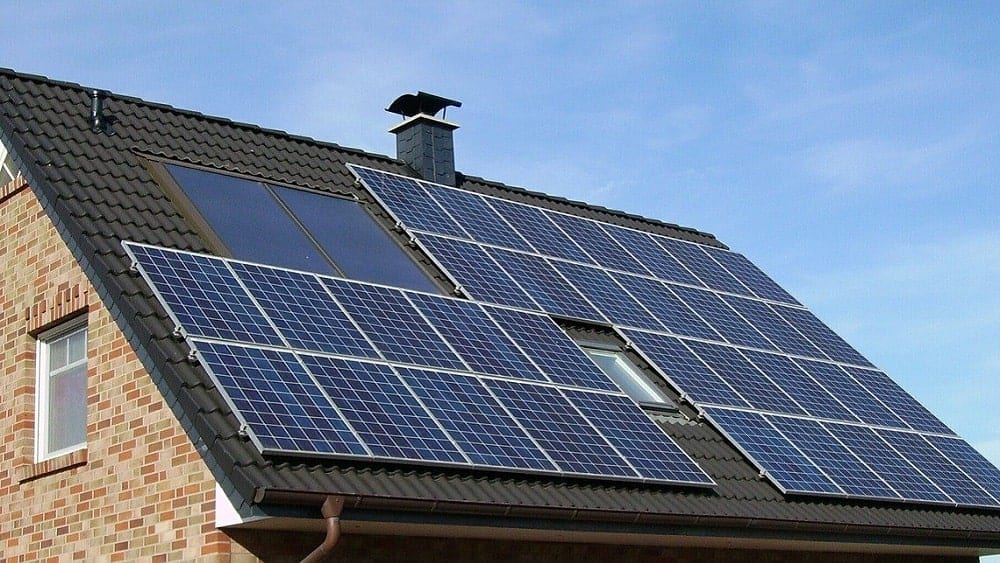
Public-private partnerships represent a promising avenue for accelerating the adoption of passive solar design and driving sustainable development initiatives. Collaboration between government agencies, private sector stakeholders, non-profit organizations, and research institutions can leverage diverse expertise, resources, and funding mechanisms to overcome barriers and scale up implementation efforts. Through joint initiatives such as energy efficiency retrofit programs, affordable housing projects, and sustainable urban development initiatives, public-private partnerships can catalyze innovation, facilitate knowledge exchange, and foster inclusive, equitable access to passive solar design solutions. Through organized festivals and events where you can have fun, sell vinyl records for cash to passionate collectors, or simply invest in auctions to develop the idea of using renewable energy sources, you can help the development of this important environmental movement.
Conclusion
In conclusion, the power of passive solar design to harness nature’s energy offers a compelling pathway to creating healthier, more resilient, and energy-efficient homes and communities. By integrating passive solar principles into building design and urban planning practices, we can reduce reliance on fossil fuels, mitigate carbon emissions, and enhance our collective resilience to climate change impacts. However, realizing the full potential of passive solar design requires concerted efforts from stakeholders across sectors, including policymakers, architects, builders, developers, and community members. Through collaboration, innovation, and education, we can unlock the transformative benefits of passive solar design and pave the way for a sustainable future built on harmony with nature. In order to be more motivated for such plans, first make sure to remove the pain and stress accumulated during a busy day, with recovery wear, and then, fresh and rested, you can start building a better future for everyone.
